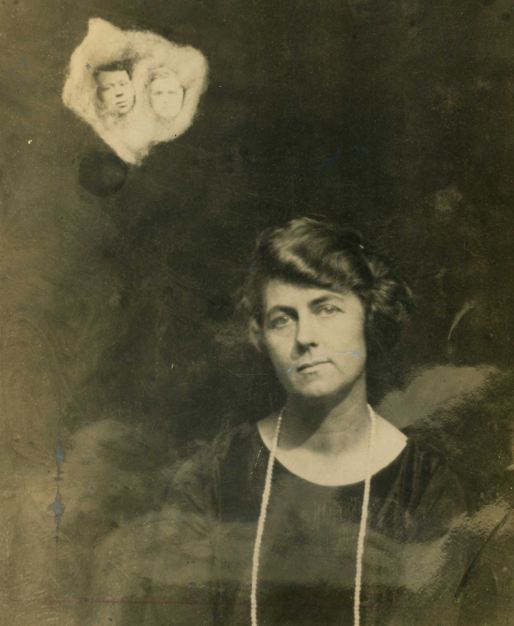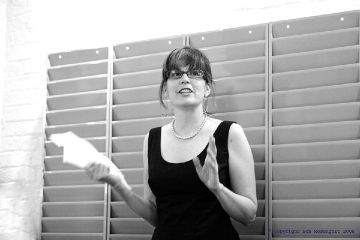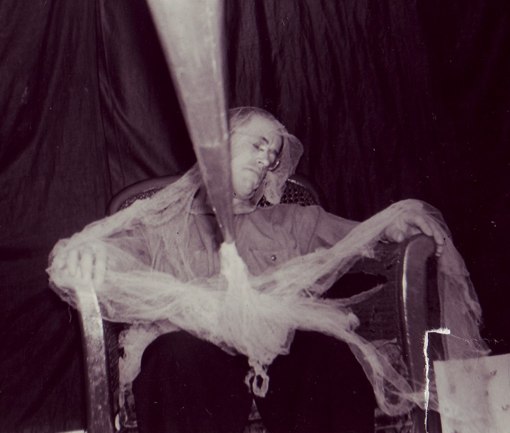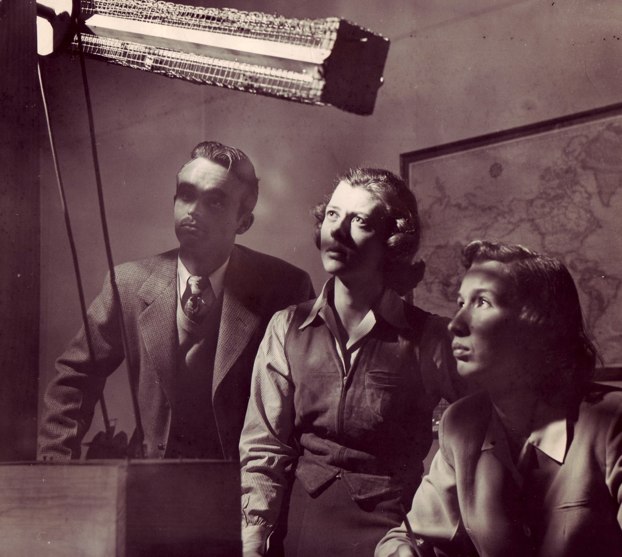The presence of the women in the Lab changed everything. The affection that had always been there, but largely repressed, blossomed. Gaither Pratt and Charlie Stuart, for instance, had always addressed their letters very formally to “Dr. Rhine.” Betty Humphrey, however, addressed hers with appellations like, “Dear Puny, I mean Bully,” or “You Poor Little Folks.” The 1940’s was when the small group at the Lab truly became a family.

The was from chapter four in Unbelievable. After I wrote my book I couldn’t wait to talk to Robert Jahn and Brenda Dunne at the PEAR laboratory at Princeton, where they came up with different experiments to look at the same effects. I wanted to see how much their experiences matched the Rhine’s (very). The thing I picked up on immediately was their description of life in the lab in The PEAR Proposition. One section reads:
“At this point let us again interrupt the technical reportage to weave in a few of the softer interpersonal fibers of the composite PEAR tapestry that in our opinion have not merely embellished, but significantly strengthened it, and very possibly have enabled our continuing progress in constructing this intellectual web. We refer here to the cheery, relaxed, even playful ambience that has characterized the laboratory operations from its beginning. Under the intuitive conviction that the anomalous phenomena being sought are somehow nurtured in the childlike, limbic psyche and therefore could well be suppressed or even suffocated by an excessively clinical or sterile research environment, the facility has been decorated with homestyle furniture, symbolic and entertaining visual art, including many cartoons, and an exponentially expanding assortment of stuffed animals, most of which have been gifts from our operators and visitors. Most of the experimental devices themselves embody attractive, stimulating, sometimes whimsical features, not only in their feedback characteristics, but in the operational apparatus, as well. Casual reading material, background music, and light snacks are available for the operators, who are frequently invited to participate in the ongoing technical, philosophical, and social conversations among the staff. In short, the laboratory presents itself more as a scientific salon than as a clinical facility, and many of its operators, interns, and visitors have remarked on the comfort, sense of welcome, and resonance they feel with the place and the work that is being pursued therein.”
The picture above is a group shot of the Parapsychology Lab staff at one of their many weekend softball games. It wasn’t dated, but because one of the men is in uniform I’m guessing it was taken sometime in the 40’s.






